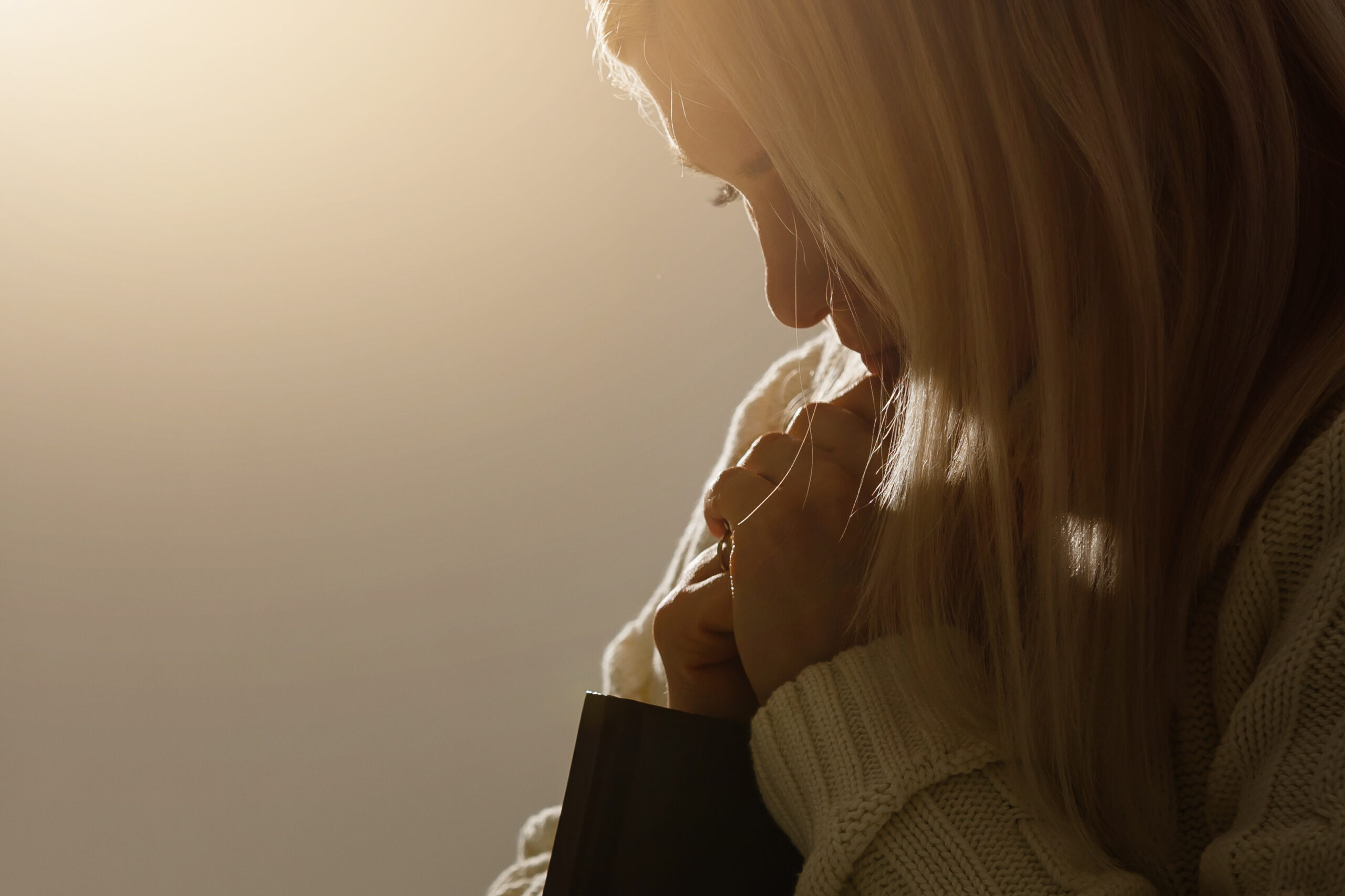It’s important to know what abuse is so we can recognise it when it happens.
Abuse happens in many different forms.
It can be emotional, physical, sexual or financial.
Abuse can happen to anyone. It can happen to an adult or a child, female or male.
The abuser may be a partner, ex-partner, family member, a friend, a colleague or a stranger.
Abuse can happen anywhere. It might happen at home, or in a public place like a park, school or workplace. It can happen in person, or through technology and online.
The UK Government’s campaign on ending abuse towards women and girls – Enough – outlined the various types of abuse that you might experience or witness.
Click to read more about the types of abuse
What is Violence Against Women and Girls?
The term ‘violence against women and girls’ refers to acts of violence or abuse that we know to disproportionately affect women and girls. Crimes and behaviour covered by this term include rape and other sexual offences, domestic abuse, stalking, ‘honour’-based abuse (including female genital mutilation forced marriage, and ‘honour’ killings), as well as many others, including offences committed online.
All societies have ‘social norms’ around gender. These are deeply held cultural ideas about behaviour and qualities, which can include how we should look, act and behave, whether at home, at work or on a night out. Committing violence against women and girls is rooted in entitlement, power and control. In this way, violence against women and girls is deeply related to women’s inequality.
Measuring the impact of violence against women and girls can be difficult, given its hidden nature. Taylor and Shrive (2021) sought to understand the true scale of violence against women and girls in the UK and found that of the 22,419 women who responded to the consultation, that 99.7% of had been repeatedly subjected to violence including assaults, harassment and rape. Only 0.3% of women had only been subjected to one violent incident or less.
The human cost of violence against women and girls is high. Experiences of abuse have serious psychological, emotional and physical consequences.
That’s why we support survivors of violence against women and girls by providing key services.
But prevention—addressing the structural causes associated with violence—is pivotal to eliminating violence against women and girls completely.
That’s why our No Excuse For Abuse campaigns focus on raising awareness, education, and challenging harmful behaviours towards women and girls.
Ending abuse in the West Midlands
In a regional survey conducted in 2021, 80% of women reported experiencing sexual harassment in a public place and 49% had experienced sexual harassment, sexual assault or rape. These findings are in line with national reporting data.
The experiences that women described are not acceptable and will not be tolerated. The Office of the Police and Crime Commissioner and our partners are committed to rebuilding trust with those affected in our communities and will continue to improve our services to prevent and tackle violence against women and girls.
In response to this survey and a wider consultation with the public and partners around the West Midlands, we introduced our Police and Crime Plan 2021-2025.
Read our Police and Crime Plan 2021-25
Everyone has a role to play in ending violence against women and girls, but men are primarily responsible for these behaviours. The majority of perpetrators are men, and harmful attitudes and behaviours are at the root of the problem.
That’s why all men, including those who are not perpetrating violence or abuse, have a key role to play in ending it.
We need men to support and stand up for women and be a part of a culture change. That means being an upstander, not a bystander.
